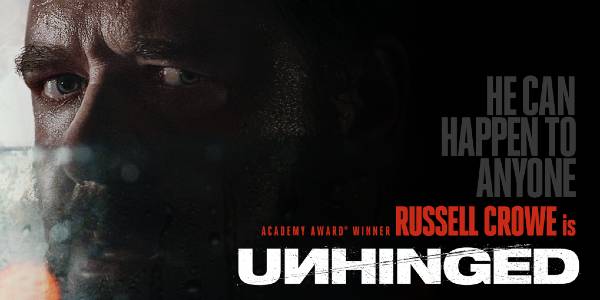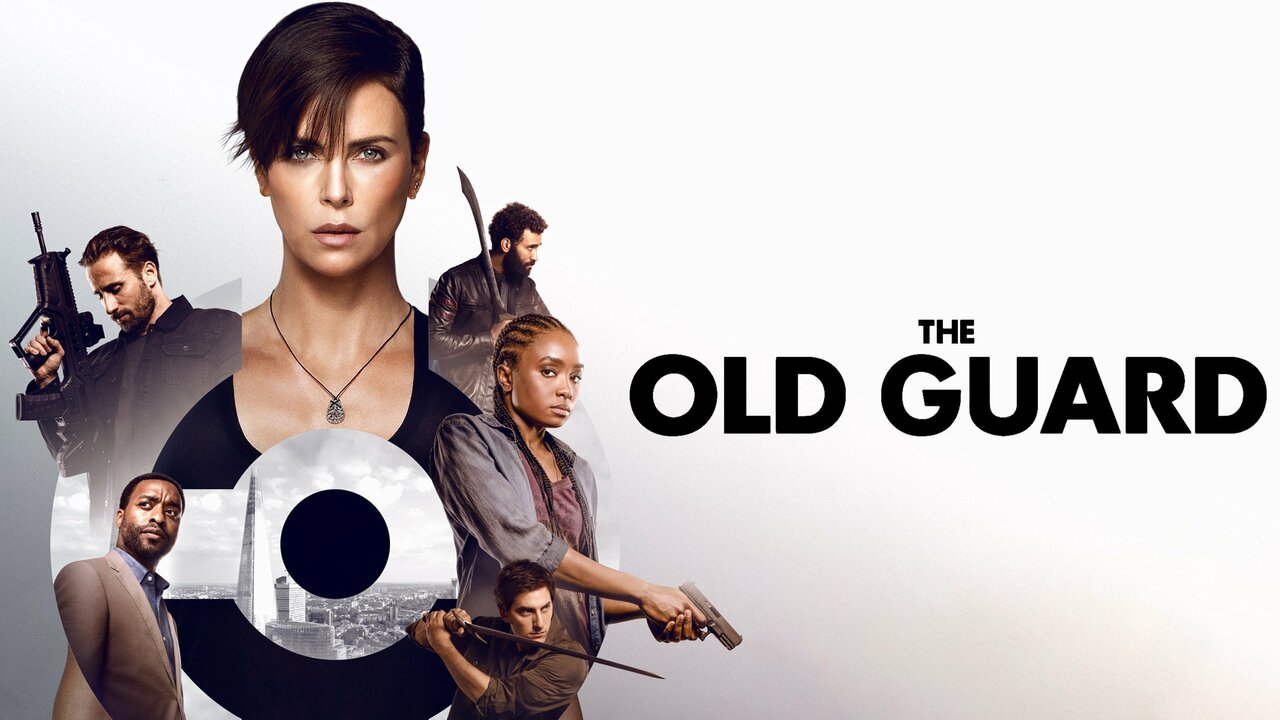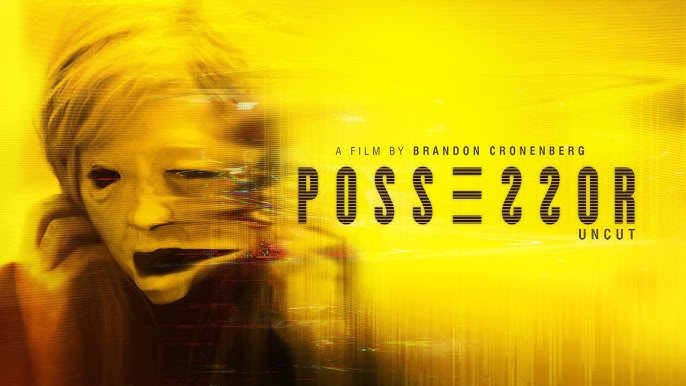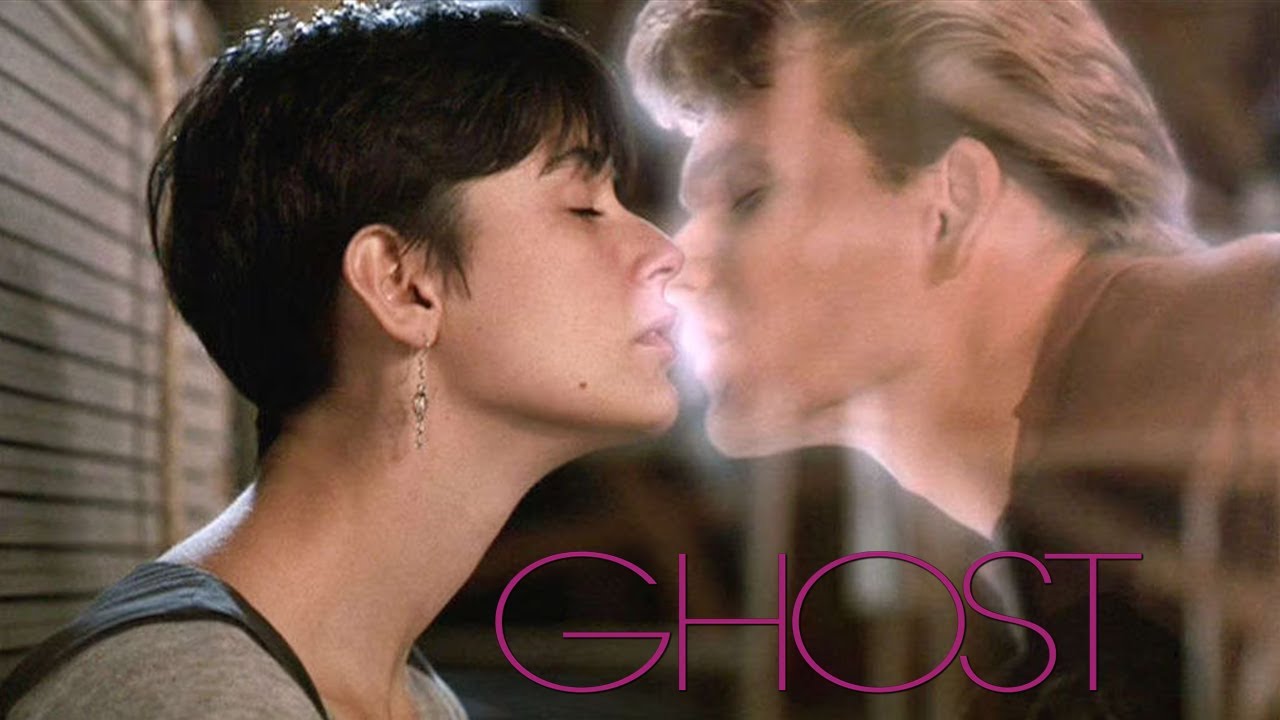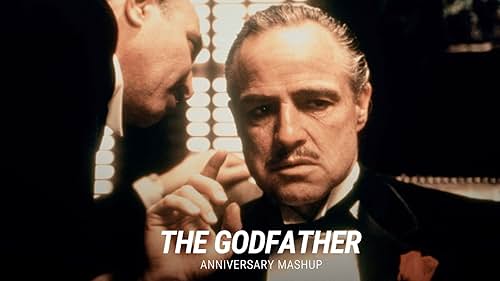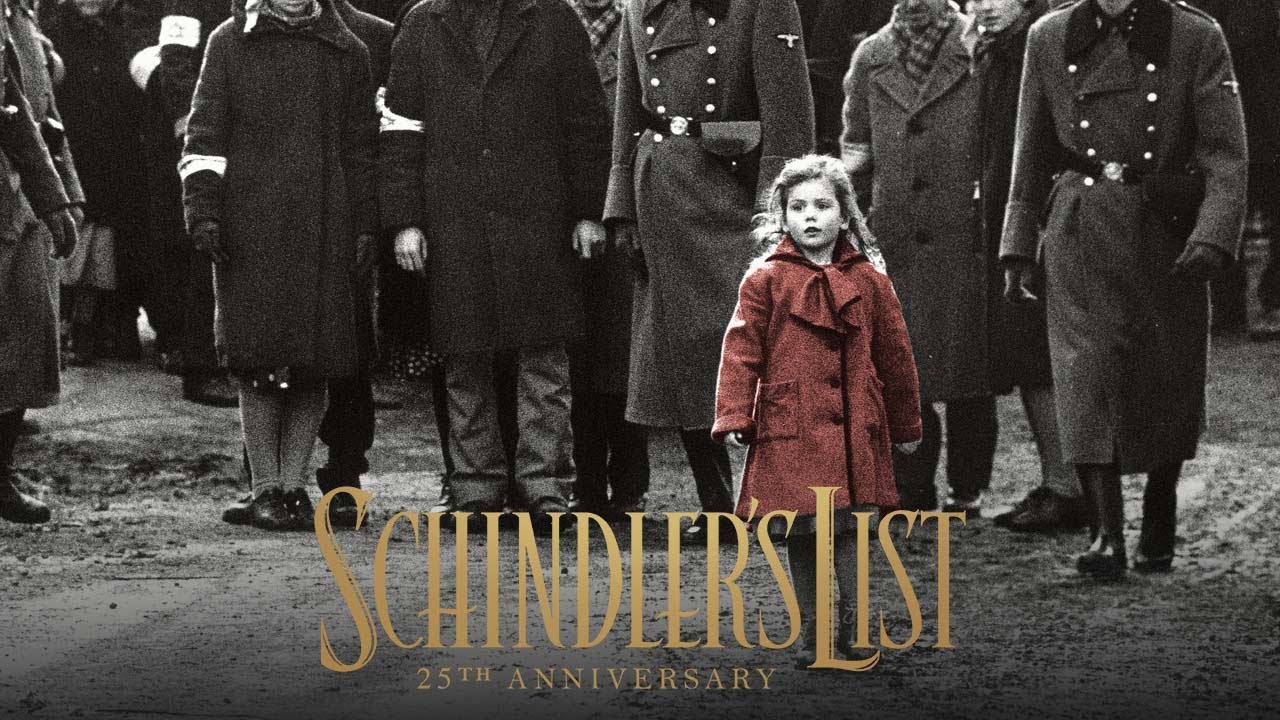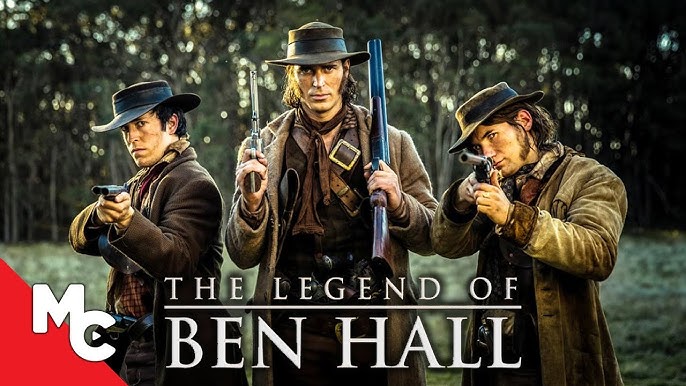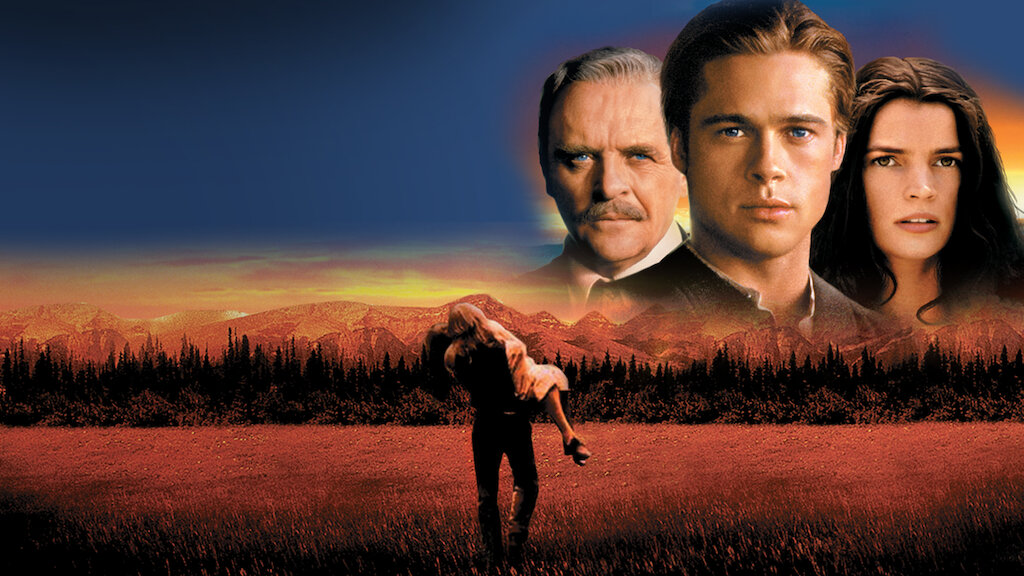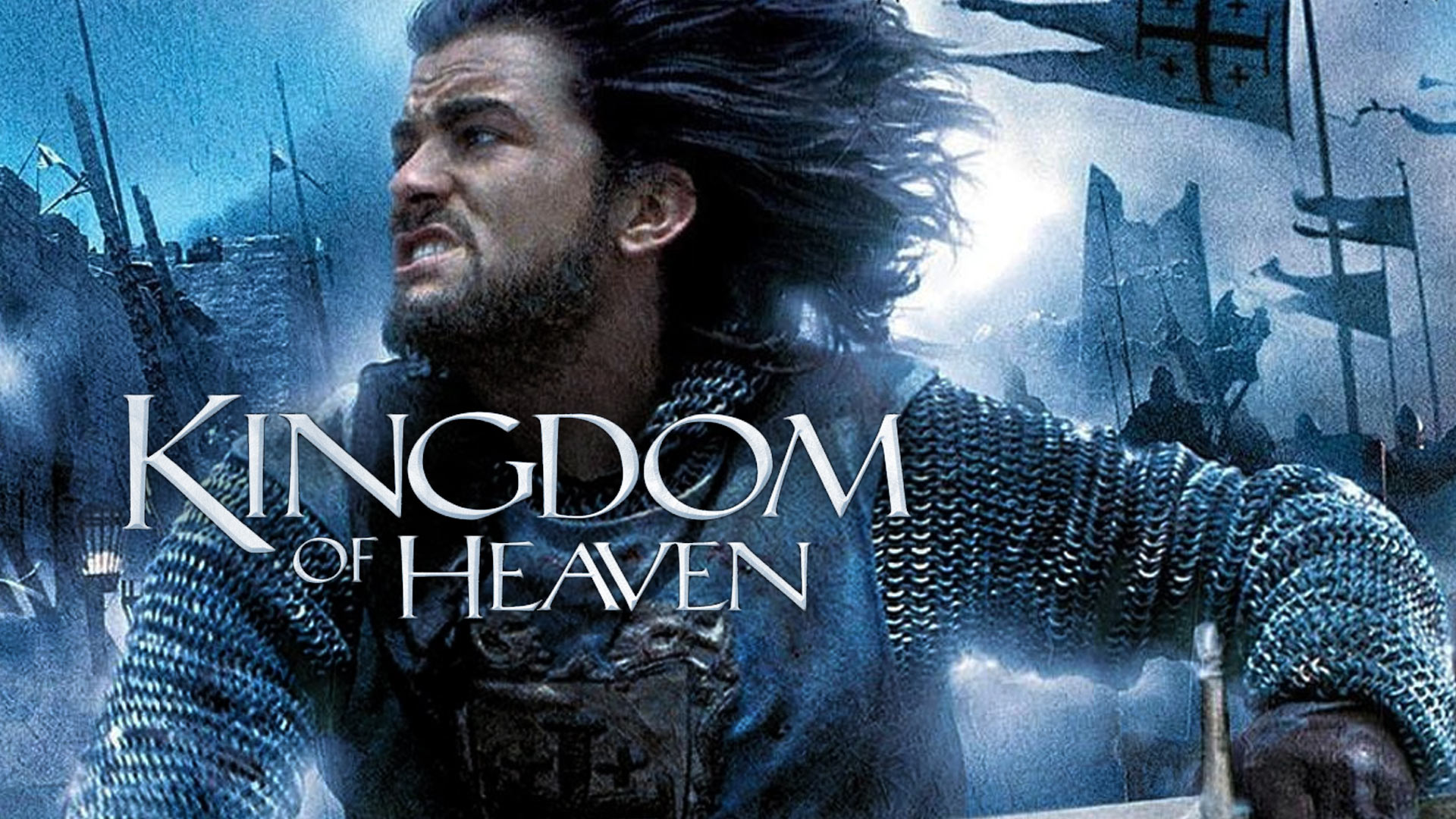And Then There Were None (2015) – Mini-Series Review
The 2015 BBC adaptation of Agatha Christie’s And Then There Were None is a masterfully crafted three-part miniseries that reimagines the classic murder mystery with dark elegance, psychological intensity, and stunning period detail. Directed by Craig Viveiros and adapted by Sarah Phelps, this version doesn’t shy away from the grim atmosphere of Christie’s original 1939 novel—it leans into it with cinematic flair and unnerving realism.
The story is set in 1939 and follows ten strangers invited to a remote island under false pretenses. Once there, they discover their mysterious host is absent, but a recorded message accuses each of them of a murder they committed and got away with. As guests begin to die one by one, suspicion and panic take hold. Paranoia mounts, alliances crumble, and secrets are unearthed—all leading to an unforgettable, bleak climax.
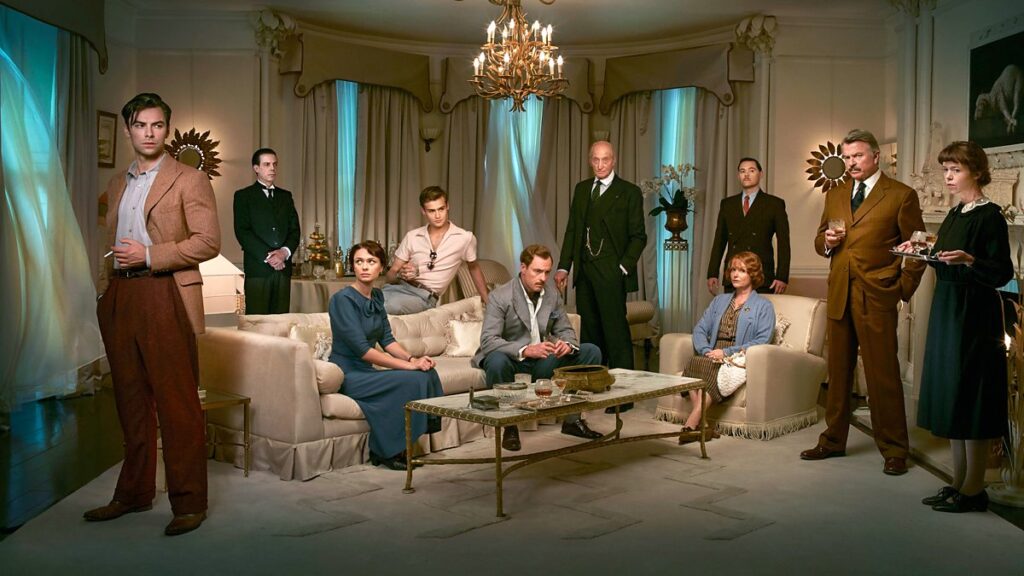
The ensemble cast is one of the adaptation’s greatest strengths. Charles Dance brings stern authority as Justice Wargrave, while Sam Neill is chillingly conflicted as General MacArthur. Aidan Turner, as Philip Lombard, exudes rugged charm mixed with menace. Maeve Dermody’s performance as Vera Claythorne stands out—vulnerable, haunted, and gripping in her descent into fear. Each actor lends nuance to their role, drawing out the emotional and moral complexity behind each character’s guilt.
Visually, the series is rich and foreboding. The Art Deco interiors of the mansion are both beautiful and claustrophobic. Storms lash against the cliffs of the fictional Soldier Island (filmed on Cornwall’s Cornish coast), intensifying the growing sense of isolation. The cinematography often plays with shadow, flickering candlelight, and reflections to mirror the characters’ unraveling minds.
Unlike earlier adaptations that softened Christie’s original ending, the BBC version restores the book’s grim and nihilistic finale, which adds a layer of tragic inevitability. It’s a bold creative choice that respects the novel’s darker philosophical questions about justice, punishment, and human nature. The score, composed by Stuart Earl, underscores the suspense with eerie, minimalist tones that never overwhelm but constantly unsettle.
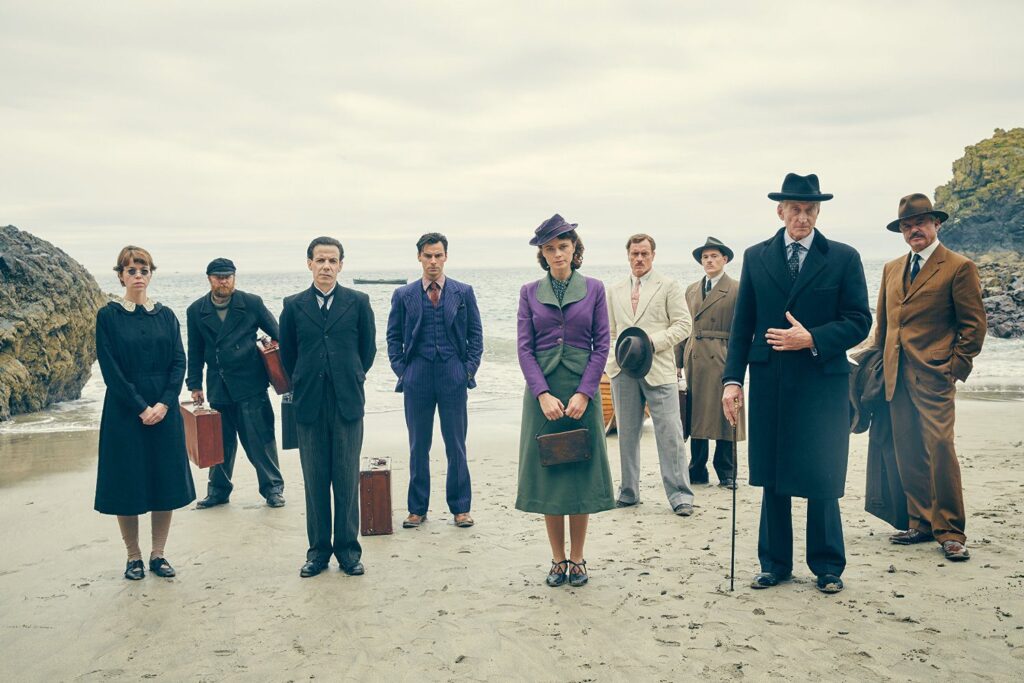
Sarah Phelps’s script makes notable changes from the source material, modernizing some of the dialogue and deepening the psychological layers. The result is a more character-driven and morally gray narrative that doesn’t let anyone off the hook easily. Flashbacks to each character’s past add context and emotional weight, making their fates feel all the more disturbing.
And Then There Were None (2015) is not just a faithful adaptation—it’s a reinvention that treats the story with seriousness and artistry. It respects Christie’s work while making it feel urgent and relevant for modern audiences. Suspenseful, brutal, and impeccably acted, this version stands as one of the finest TV adaptations of her work to date.
Full Movie:
What do you think about this movie? Let a comment below!
